
- This event has passed.
On the Recent Development of Trustworthy Biometrics
July 8, 2021 @ 8:00 am - 9:00 pm
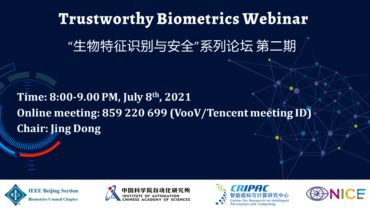
On July 8, 2021, the 2nd session of Trustworthy Biometrics Webinar was successfully concluded, which was hosted by the IEEE Beijing Section Biometrics Council Chapter and organized by NiCE team from the Center for Research on Intelligent Perception and Computing of the Institute of Automation, Chinese Academy of Sciences. This report invited Dr.Xiaoming Liu, the MSU Foundation Professor at the Department of Computer Science and Engineering of Michigan State University(MSU), as the keynote speaker and brought a report with the theme of “On the Recent Development of Trustworthy Biometrics”. Professor Liu had a comprehensive and in-depth discussion with more than 100 participants about recent hot issues such as anti spoofing analysis technology, deepfake and forgery analysis, adversarial sample analysis and so on in face recognition system.

First, Professor Liu summarized “Trustworthy Biometrics” into four aspects: security, which improves the credibility of input samples by detecting malicious inputs such as spoof and forgery; robustness, which improves the reliability of input samples by detecting malicious disturbances against adversarial examples; fairness, which improves the fairness of output by eliminating the bias of the model on race and gender; interpretability, which improves the credibility through interpretable output.
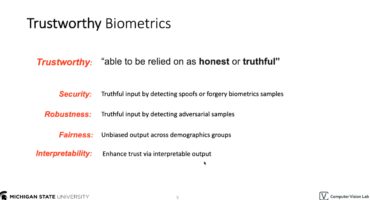
Then, with anti spoofing as the theme, Professor Liu combed the development context of anti spoofing methods based on deep learning, analysed the advantages and disadvantages of the model based on convolutional neural network and adding other information (depth information, rPPG signal), and systematically concluded the model generalization problem and solution.
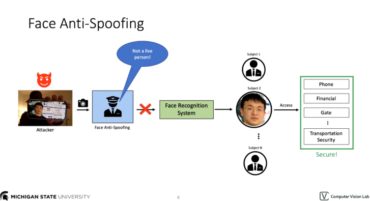
As for Deepfake coming up in recent two years, Professor Liu first pointed out three major challenges of deepfake detection, namely, single training data, poor generalization and difficult location of forgery area. Then, he introduced the existing deepfake methods from two aspects of dynamic and static. for the problem of detecting the forged image of the generation model, Professor Liu, inspired by the “Model Fingerprints”, proposed to map the output of the model to the coding space and cluster various models according to the similarity of output characteristics, so as to deal with unknown attacks.
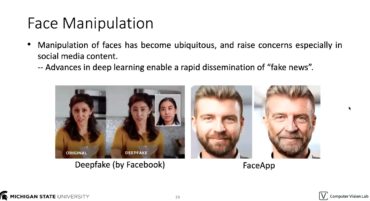
For the robustness of biometrics, Professor Liu analyzed the advantages and disadvantages of various technologies for defending against adversarial samples from the perspectives of detection, Purification and robustness. Focusing on Faceguard: a Self-supervised Defense Against Adversarial Face Images, he combed the research purpose, technical scheme, training details and experimental results of this work, and used the results in Unified Detection of Digital and Physical Face Attacks to summarize the possible attacks faced by various face recognition scene in the signal and physical domains.
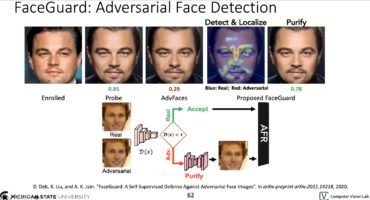
At the end of the report, Professor Liu introduced the fairness and interpretability of biometrics, showed several representative new works of his research group in these two aspects, and provided a new perspective for everyone to think about the credibility of biometrics. In the interactive session, Professor Liu patiently answered the questions raised by the audience about model fingerprint, rPPG signal and so on. The activity was successfully concluded in the enthusiastic discussion!
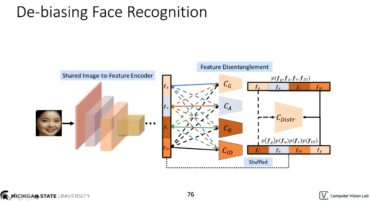
With the diverse application of biometrics in our daily life, people are paying more and more attention to the security and credibility of biometrics. Many new problems, such as deepfake and adversarial attack, pose new threats to the existing biometrics technology. Therefore, with the support of the IEEE Beijing Section Biometrics Council Chapter, we planned the Trustworthy Biometrics Webinar, providing an international exchange platform for scholars at home and abroad who pay attention to biometrics security.
Finally, we sincerely thank the teachers and students who participated in this online activity, we hope you can continue to support and pay attention to our subsequent series of activities. We welcome more people from all over the world to join us and explore more reliable biometrics technology in the future.
